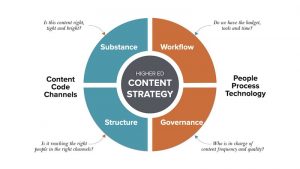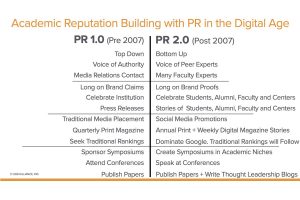
The embrace of social media by GenZ and consolidation of traditional media have transformed public relations (or PR 1.0). Authority is dead; peer influence rules; diversity is the new normal; data literacy powers the young. GenZ has a voice and wants to be heard. They expect authentic, show-don’t-tell marketing. They reward brands that declare and […]





